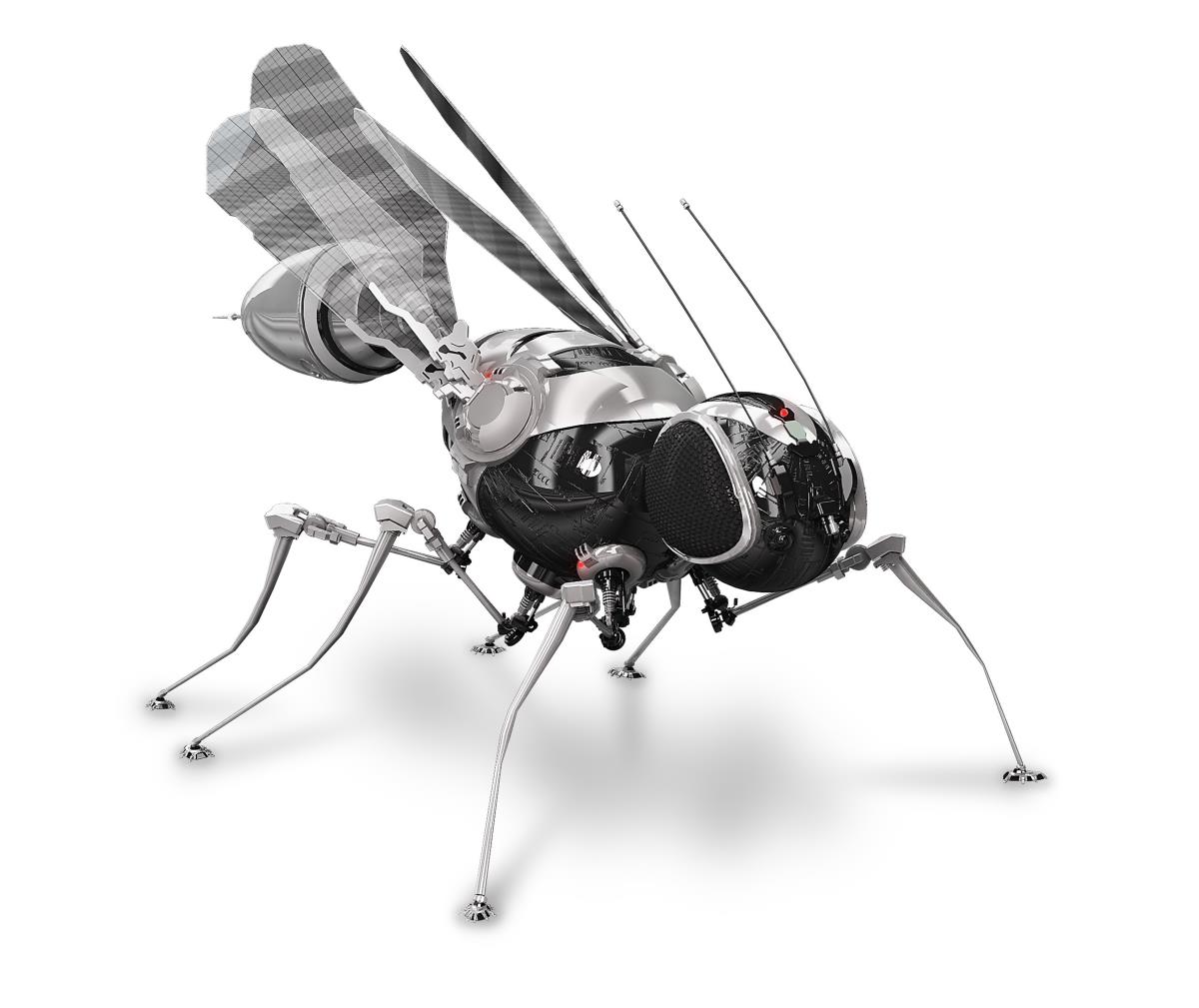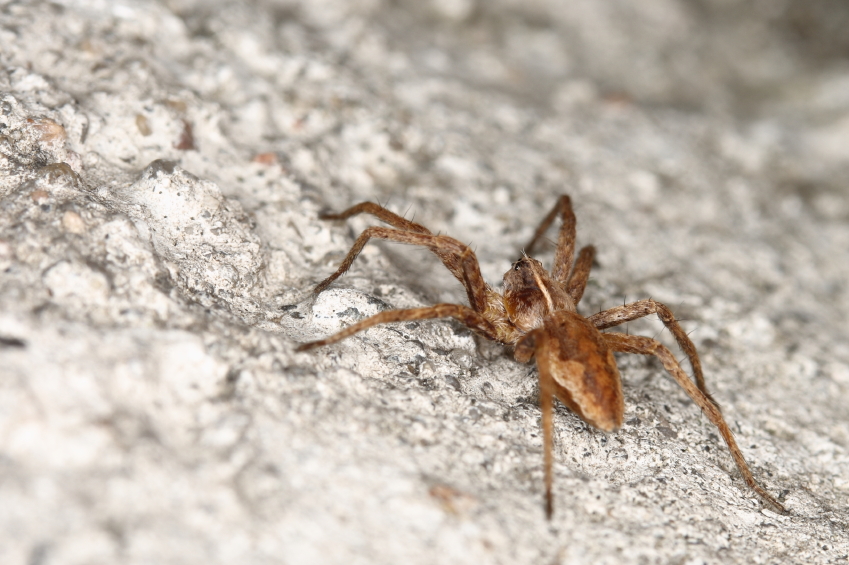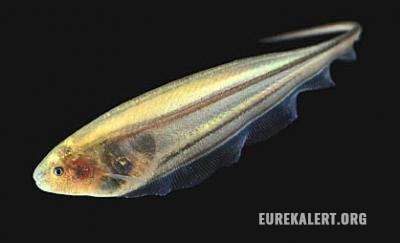New research finds that the brains of fruit flies work similarly to advanced computer algorithms
03/08/2019 / By Edsel Cook

Fruit flies and computers apparently follow the same thinking process when it comes to analyzing unknown information. A new study indicated that computer algorithms could take some hints from the way flies identify new smells.
A fly can swiftly determine whether or not it has smelled an odor before. Based on the familiarity of the scent, the insect determines if it should investigate the matter further or ignore it altogether.
This “novelty detection” process is also seen in computer science. Artificial intelligence algorithms are programmed and trained to look through vast databases for new or altered information.
Researchers believe that the fruit fly’s natural approach could be applied to its computer counterpart. They adapted the organic algorithm for use by computers.
The fruit fly-based novelty detection framework is expected to greatly improve the speed and accuracy of an AI when it came to browsing massive sets of streaming data for oddities or copies of the same entry. (Related: A tropical fruit found to be an effective natural fruit fly killer.)
When it comes to odors, the brain of a fruit fly works like a Bloom filter
An earlier study led by Salk Institute for Biological Studies researcher Saket Navlakha figured out the means by which the brain of a fruit fly recognized similar odors. They noted the similarity between this and the Bloom filter tool used by computers for novelty detection purposes.
Developed by MIT researcher Howard Bloom in the 1970s, the Bloom filter is a space-efficient database that can hold a lot of information. It determines whether or not a website has already been visited and indexed in the past.
The Bloom filter created a record of every previously visited website. In order to save space, each record is made up of a few small bits of data.
When a search engine looks at the website, it compares the record of that site to the ones already stored in the database of the filter. A positive match indicates that the user has visited the page before.
This is similar to the way a fruit fly responded to new scents. The insect’s brain contains a bunch of neurons called the mushroom body. These brain cells are dedicated to identifying odors.
Upon detecting a new odor, the mushroom body signaled the brain that it has detected a novel object. The “novelty signal” encourages the fly to investigate the source of the scent.
Furthermore, if the odor did not prove to be worth the energy, the mushroom body decreases the strength of the signal it assigns to that smell. So when the fly picks up that unrewarding odor again, it does not pay any attention to it.
Adapting the neural circuit of the fruit fly into a computer algorithm
Researchers analyzed the neural circuit that produced the novelty signal in the brain of the fruit fly. They found that the natural algorithm possessed two improvements over the Bloom filter it resembles.
First, the fruit fly is capable of determining if the odor is familiar, or if it is actually a new smell that is very similar. Second, the strength of the novelty signal is affected by the amount of time since the fly last detected the odor.
The Salk Institute researchers replicated the way fruit flies responded to new and old odors. The algorithm turned out to be almost as accurate as the mushroom body of a real fly when it came to detecting the novelty of a scent. When applied to data sets used for training machine learning, the fly-based Bloom filter performed better than other novelty detection filters.
Sources include:
Tagged Under: Algorithm, artificial intelligence, biology, breakthrough, Computer Science, fruit flies, insects, machine learning, research



















